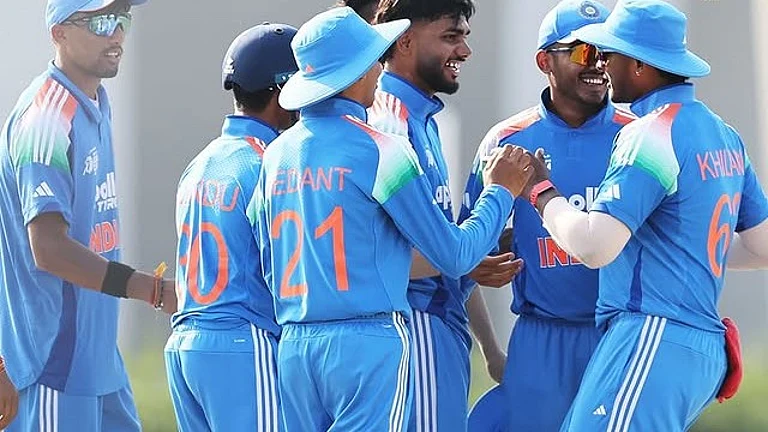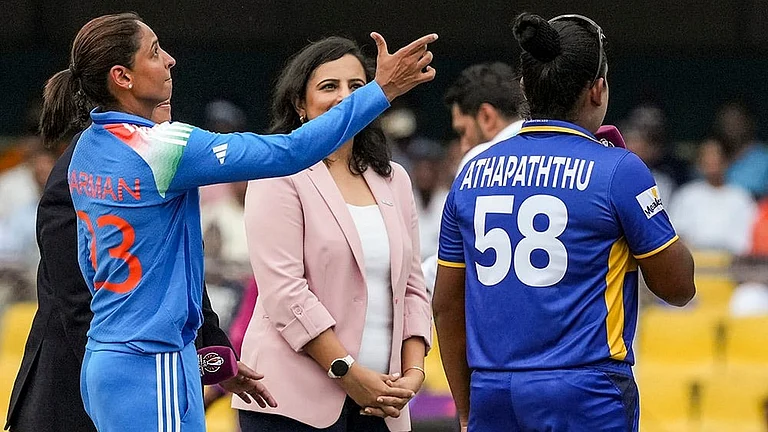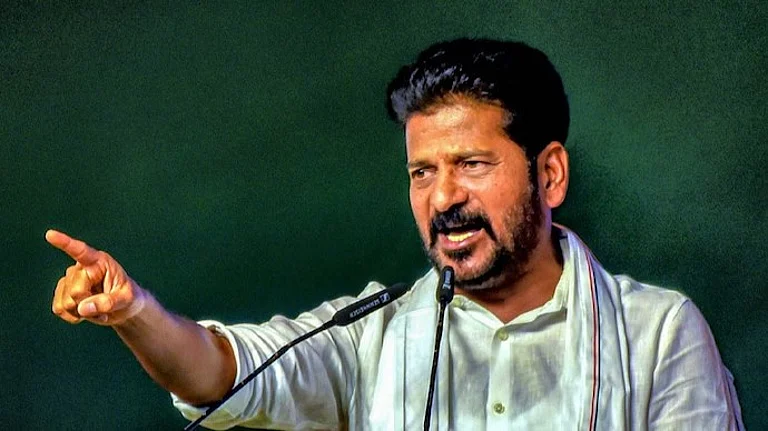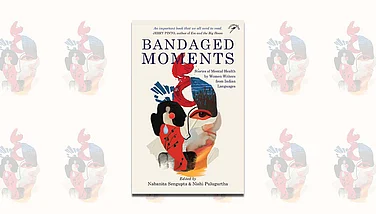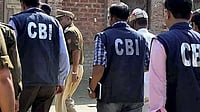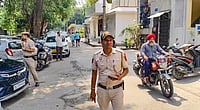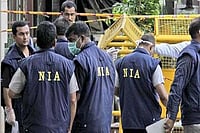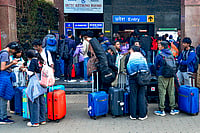In a fascinating exposition of the then and now theme, historians Jim Masselos and Narayani Gupta have put together two albums of Beato's 56 photographs of Delhi from a private collection in Sydney. While Masselos provides the context for Beato's work, interrogating as he says "his reputation as military photographer or the photographs on which the reputation is based" and has taken photographs of the same locales in 1997, well-known historian of Delhi, Narayani Gupta, in "Ways of Seeing" (a la John Berger) analyses how "generations before and after him have seen the city, from visual and verbal descriptions".
While one would have liked to know more about Beato and what brought him to India, Masselos' focus is on reading a photograph as one would a text. Thus his emphasis on how at the time when he was in business, Beato had to take cognisance of the notions surrounding the new art form: photographs had to be realistic - they were to be the middle class option to the much more expensive genre of painting - and picturesque in order to be competitive. A challenge indeed in the ambience of a desolate, destroyed city, singularly bereft of human settlements.
In her all too brief essay, Gupta captures the flavour of the Seven Cities of Delhi. Whether it is Amir Khusro's eulogy, Humayun's dreams of "a magnificent palace" or Fanny Parks and Emily Eden's descriptions before 1857, it was a city worth writing about at length, a place very different from the present-day, where polluting motor vehicles insidiously erode architectural splendours.
The main body of the book is sepia photographic reproductions of Beato's works juxtaposed with Masselos' and accompanied by Gupta's succinct descriptions. We learn about pontoon bridges and the principles behind the defence of Delhi as well as view the well-known and those that have all but disappeared: the Custom House Battery, the Saman Burj Palace, houses in Chandni Chowk and so on. Two pictorial maps as end pages help the reader to situate many of these. This elegant book is a welcome addition to the libraries of Delhi buffs, historians of photography, architects or simply those who enjoy looking at archival photographs and reading informed writing about them.







